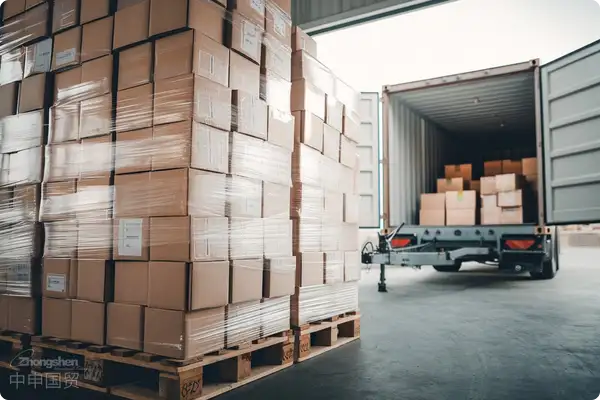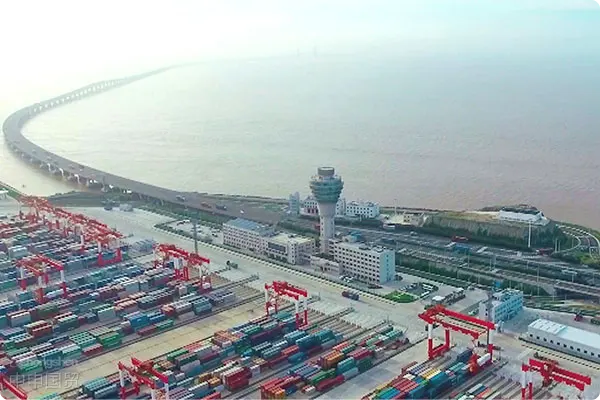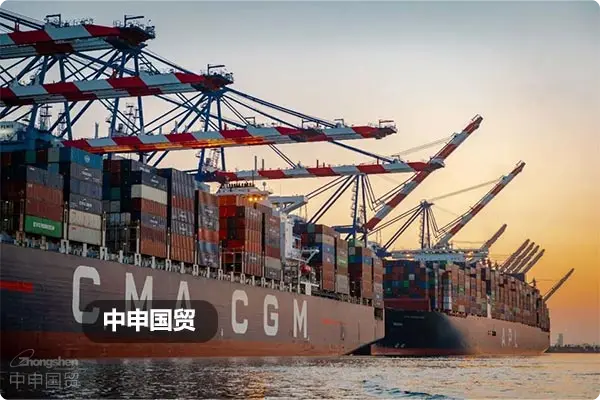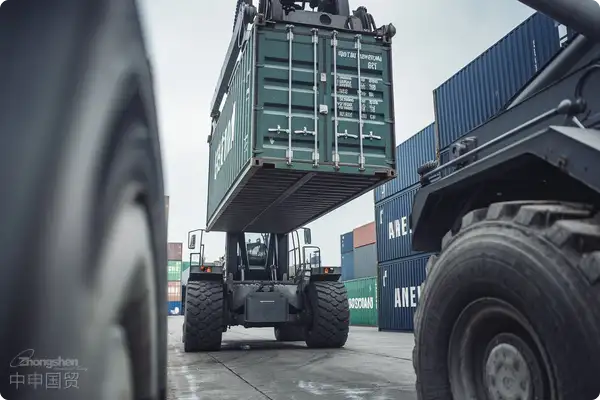- Shanghai Zhongshen International Trade Co., Ltd. - Two decades of trade agency expertise.
- Service Hotline: 139 1787 2118
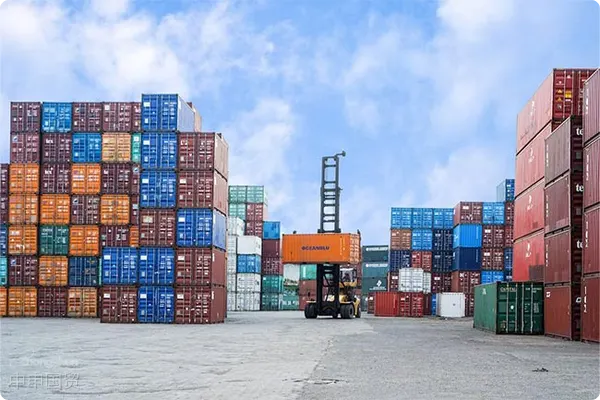
Medical EquipmentIndustry Transformation in Imports
As of the first quarter of 2025, Chinas ophthalmic diagnosis and treatmentequipment. For example, Indonesia has the SNI certification, Thailand has the TISI certification, and the Philippines has the BPS certification. It is necessary to confirm in advance the equipment voltage (such as 380V/50Hz in Thailand), the compatibility of the CE certification, and the proof of environmentally friendly materials.total volume increased by 18.7% year-on-year, with refractive surgery systems and optical coherence tomography (OCT) occupying the main share. Under the latest revision of the Regulations on the Supervision and Administration of Medical Devices,Import Representationbusinesses need to pay special attention to Class III medical devicesCFDA certification validity periodandclinical evaluation materialsupdate requirements.
Core Competency Matrix for Professional Agency Services
- Regulatory Access Capabilities
- Medical device registration certificate processing time (reduced to an average of 120 working days)
- CE/FDA certification conversion technical document preparation
- Logistics Solutions
- Anti-vibration temperature control system for precision optical components transportation
- Special packaging specifications for biometric instruments
Key Risk Prevention Points
Taking corneal topographer imports as an example, special attention should be paid to:
- HS code classification disputes: New dedicated subcategory for ophthalmic equipment added in 2025
- Power adapter certification:3CDynamic changes in certification exemption conditions
- Software copyright registration: Compliance review of pre-installed software in diagnostic systems
Evaluation Criteria for Quality Service Providers
- Qualification Thresholds: Medical device business license + Customs AEO certification
- Professional Team: At least 3 medical device registration specialists must be assigned
- Service network: Real-time response capability at major port bonded warehouses
Typical service case analysis
Case 1: German femtosecond laser system import
When assisting with CE certification to CFDA certification conversion, the agency service provider discovered thatlaser pulse frequency parametersdid not meet the national standard GB 7247.1-2025 requirements, avoiding a 2 million yuan equipment detention risk through technical document revisions.
Case 2: Japanese tonometer cold chain transportation
For the sensor modules -20℃ constant temperature requirement, a segmented transportation solution was designed: Tokyo-Hong Kong (air cold chain) → Shenzhen (refrigerated land transport) with temperature fluctuations controlled within ±1.5℃ throughout.
Industry development trends in 2025
- Implementation of medical deviceintegrated customs clearance
- in the Guangdong-Hong Kong-Macao Greater Bay AreaHainan Free Trade PortZero-tariff equipment
- China-EU Mutual Recognition List adds 5 categories of ophthalmic diagnostic equipment
Choosing a professional ophthalmic equipment import agent essentially means buildingRisk control systemanda value creation systemwith dual safeguards. It is recommended that enterprises start from the technical parameters of specific equipment, focusing on the agents specialized medical device service experience and emergency response mechanisms.
Related Recommendations
? 2025. All Rights Reserved. Shanghai ICP No. 2023007705-2  PSB Record: Shanghai No.31011502009912
PSB Record: Shanghai No.31011502009912
